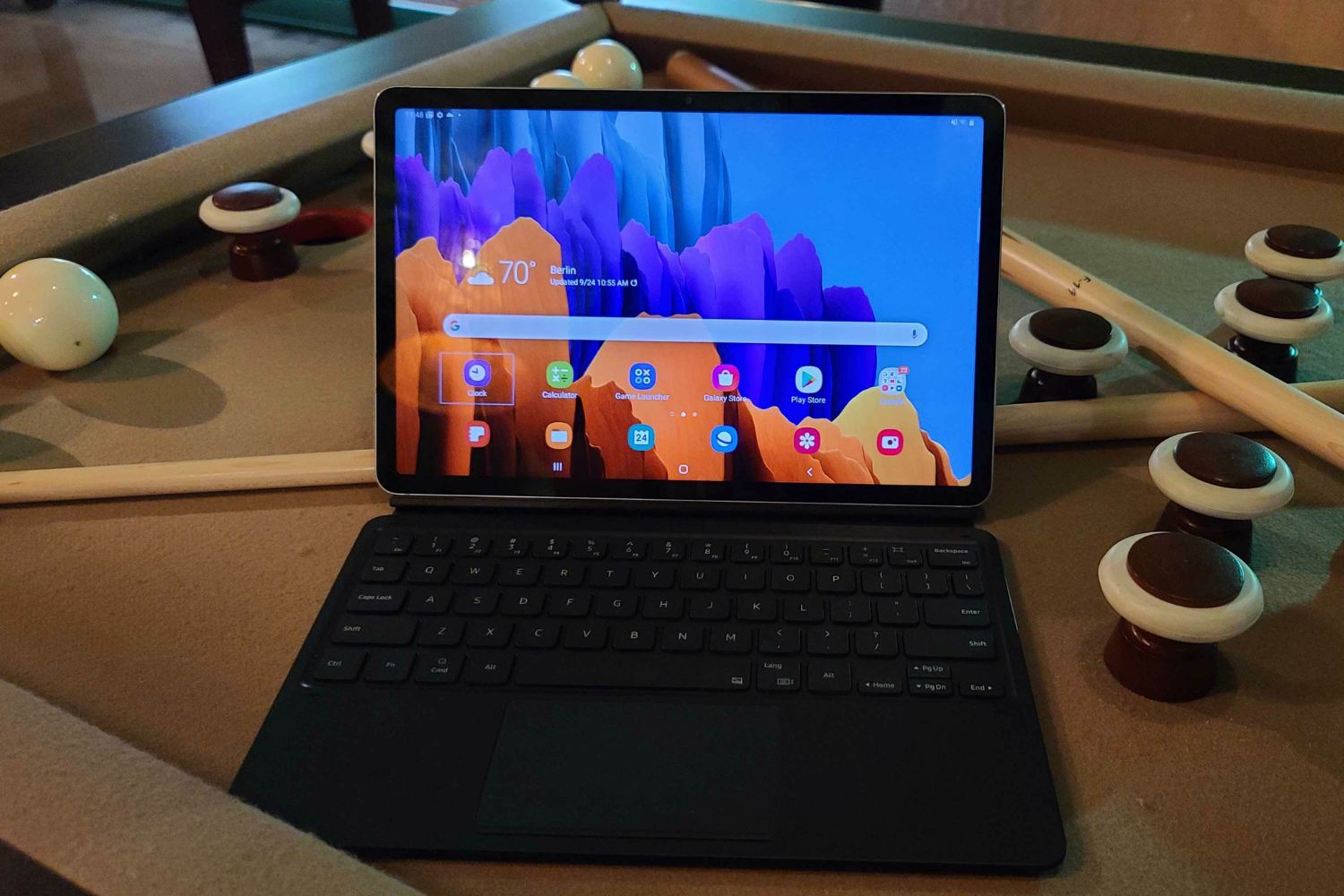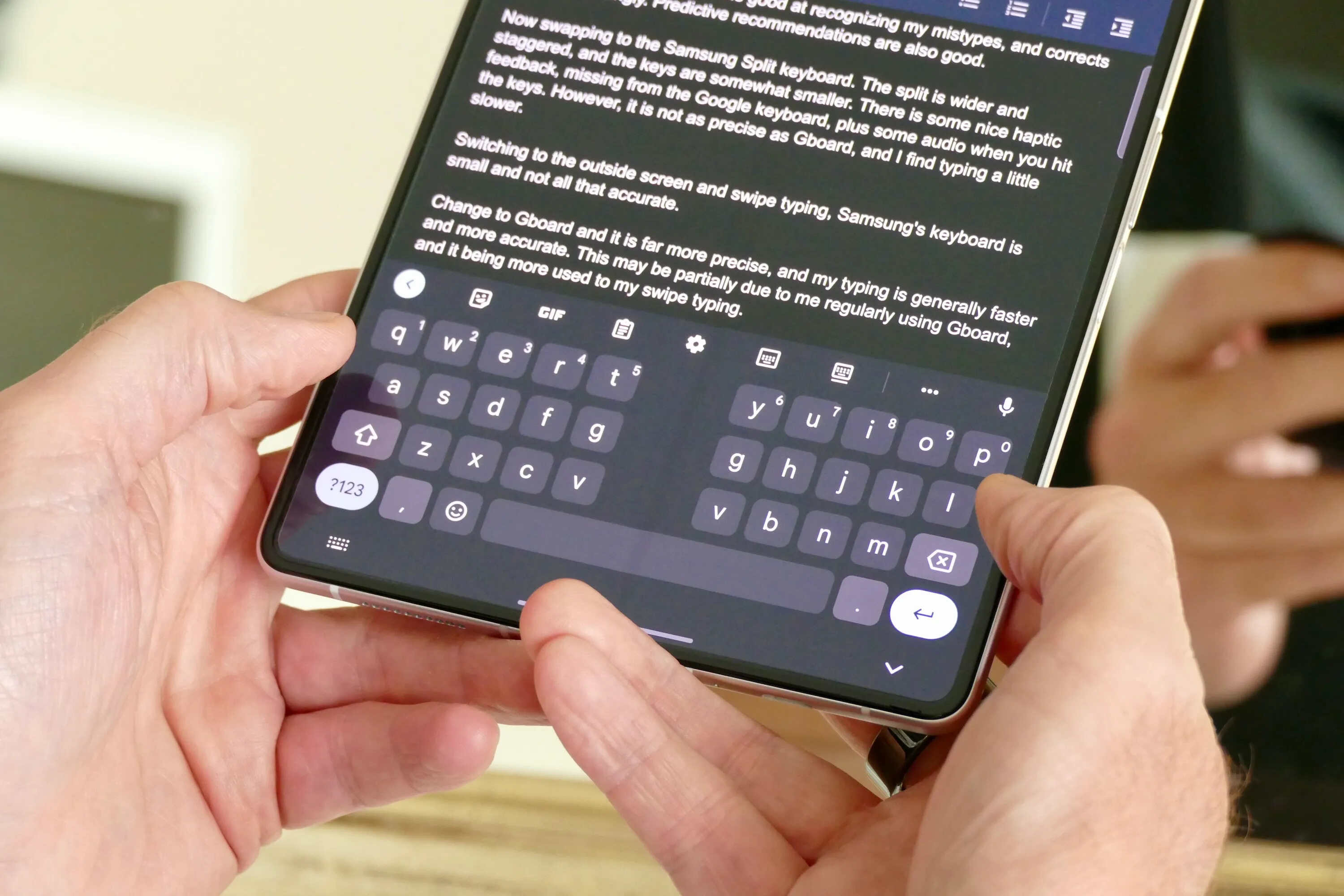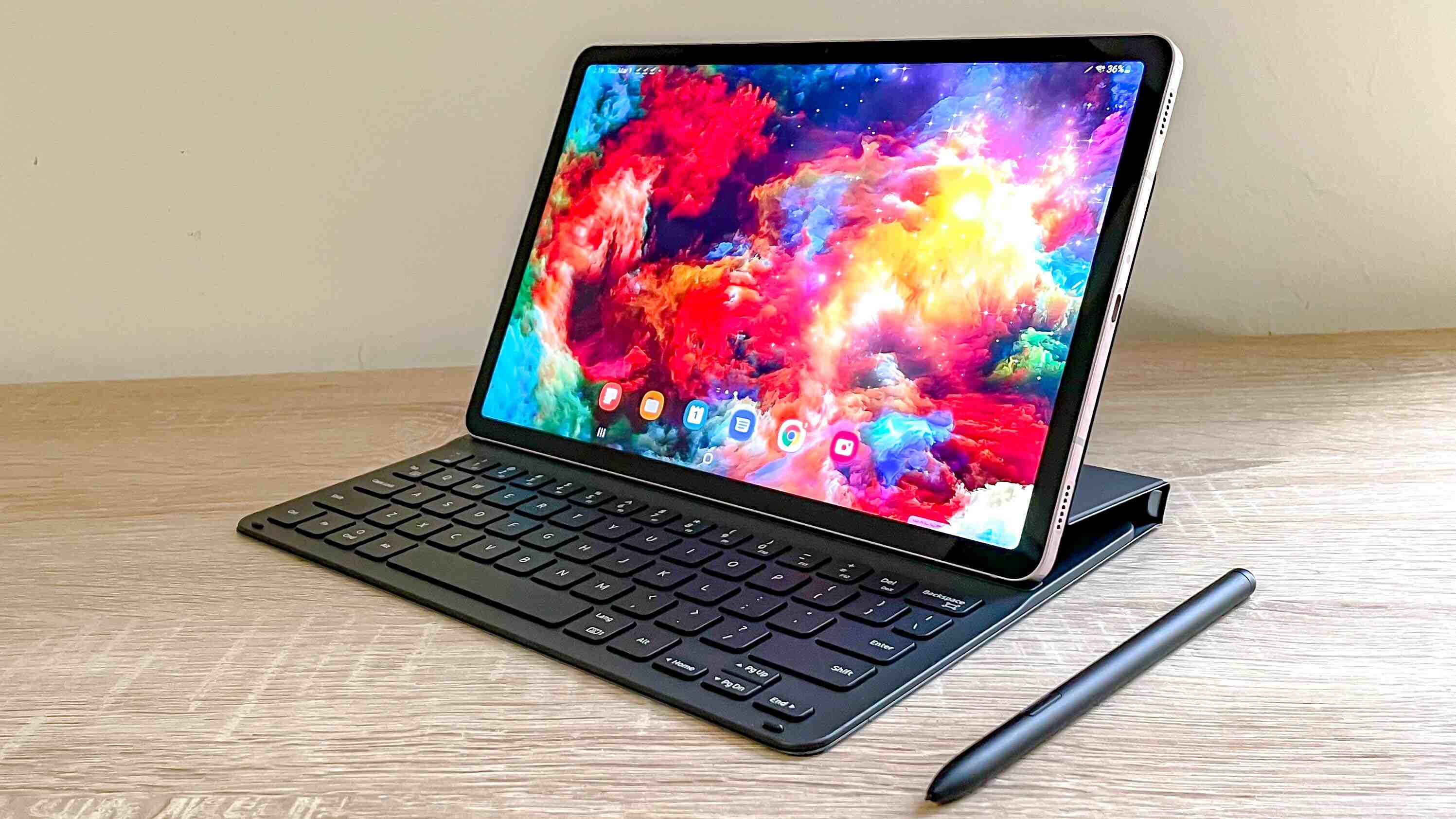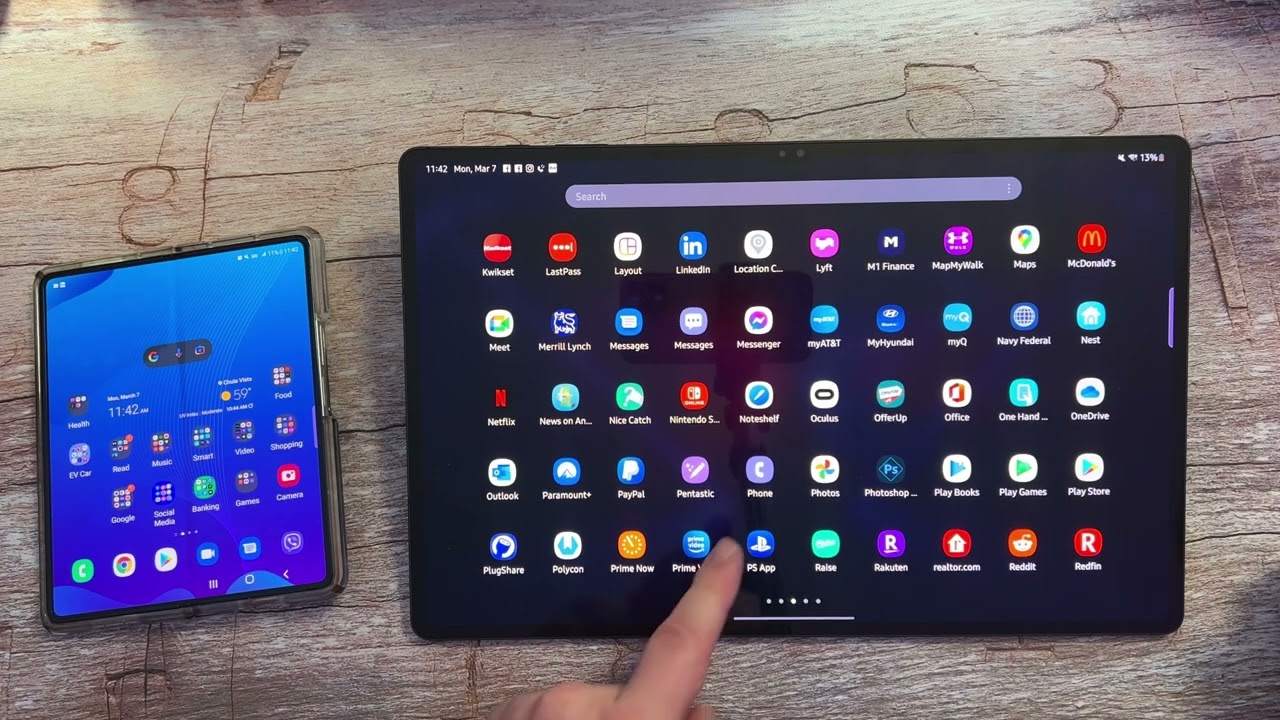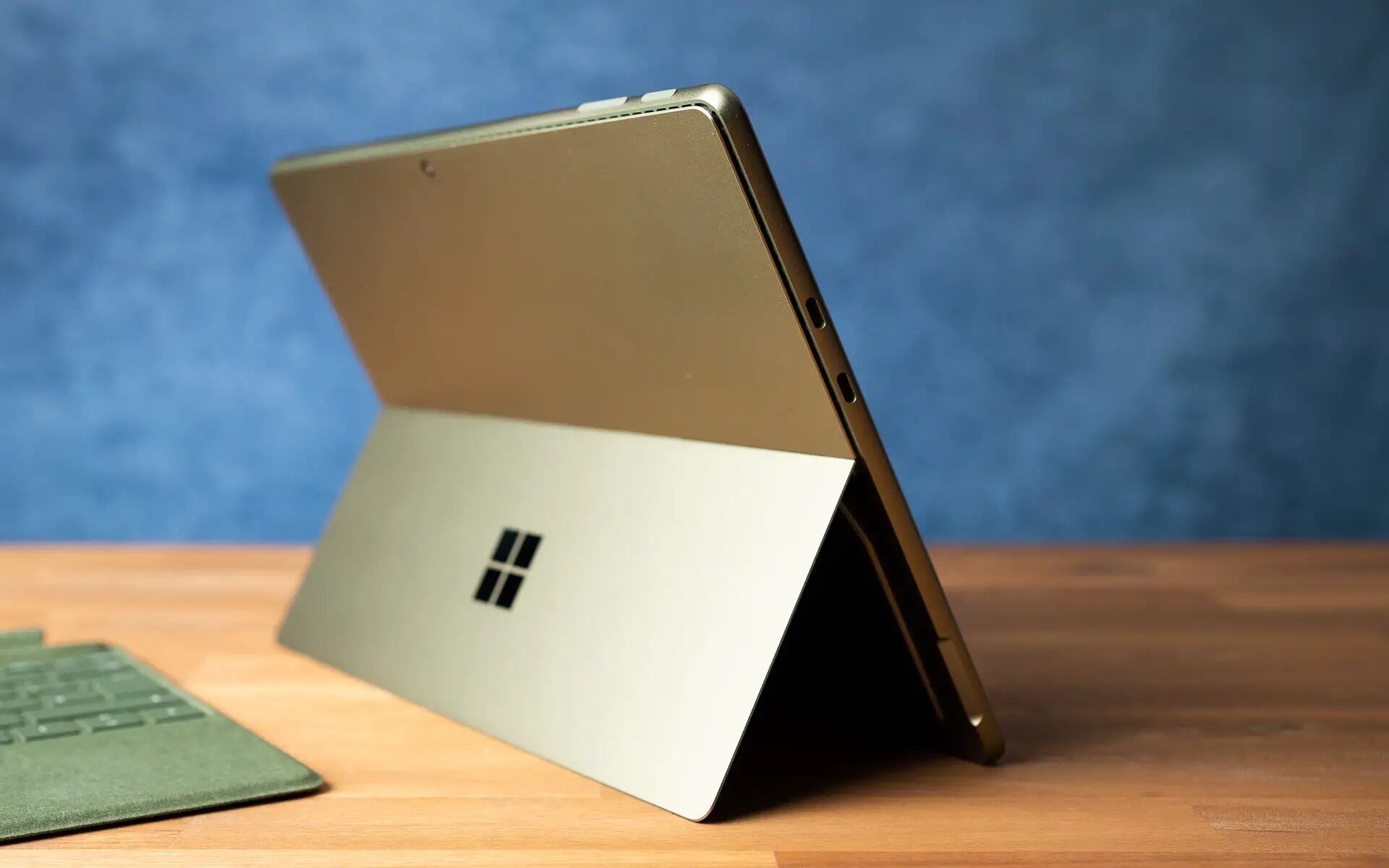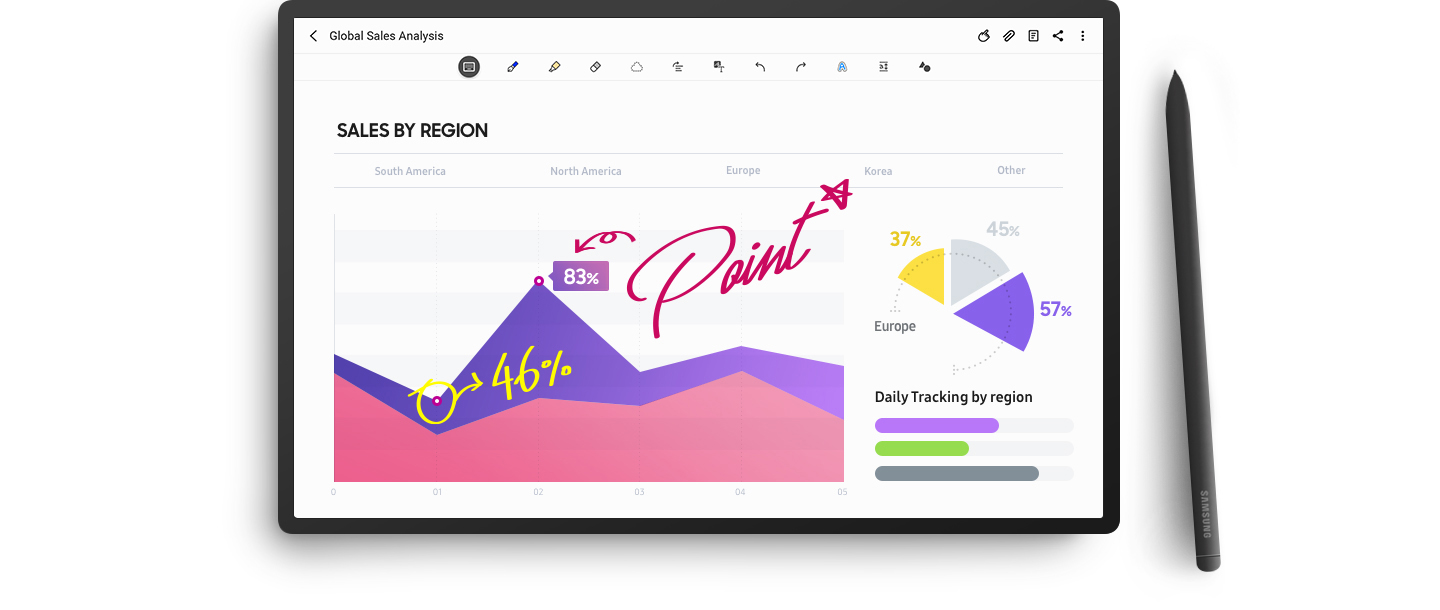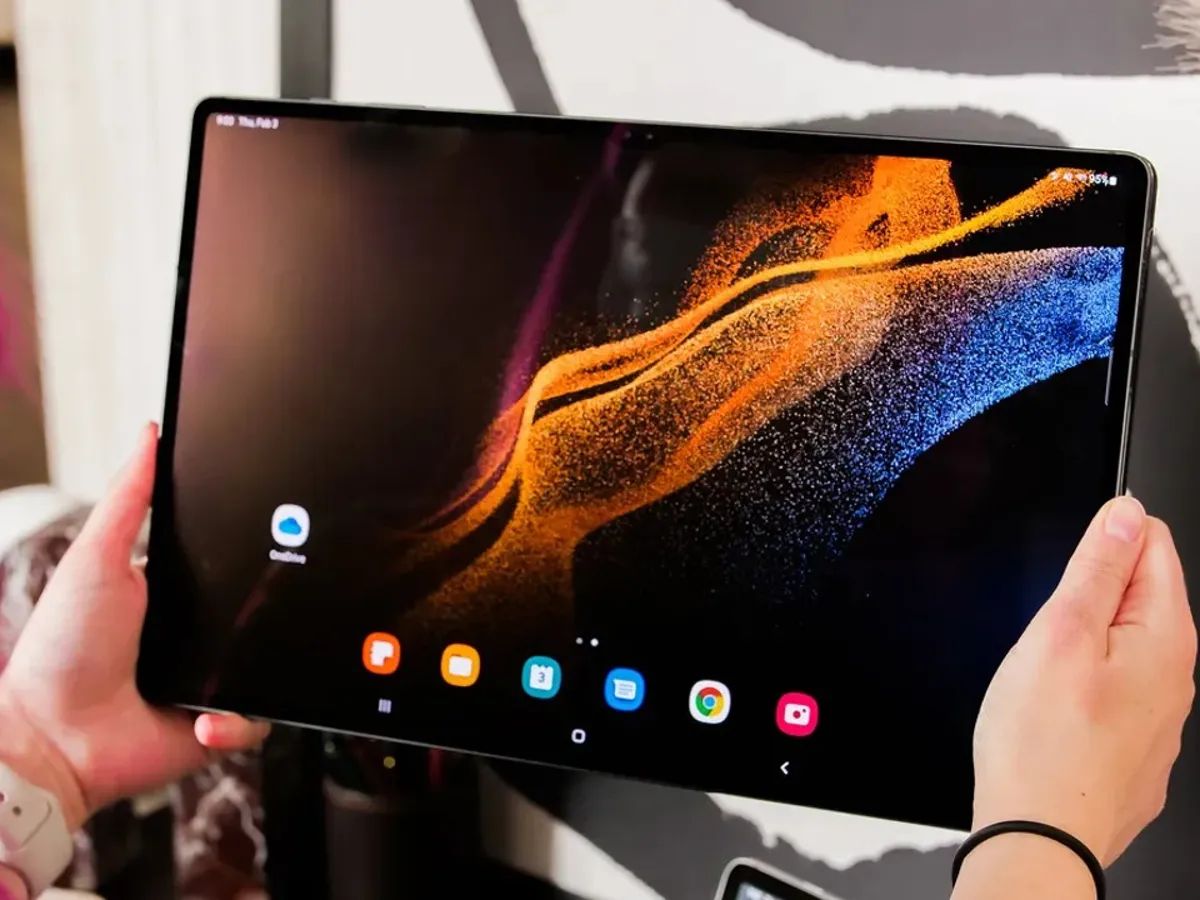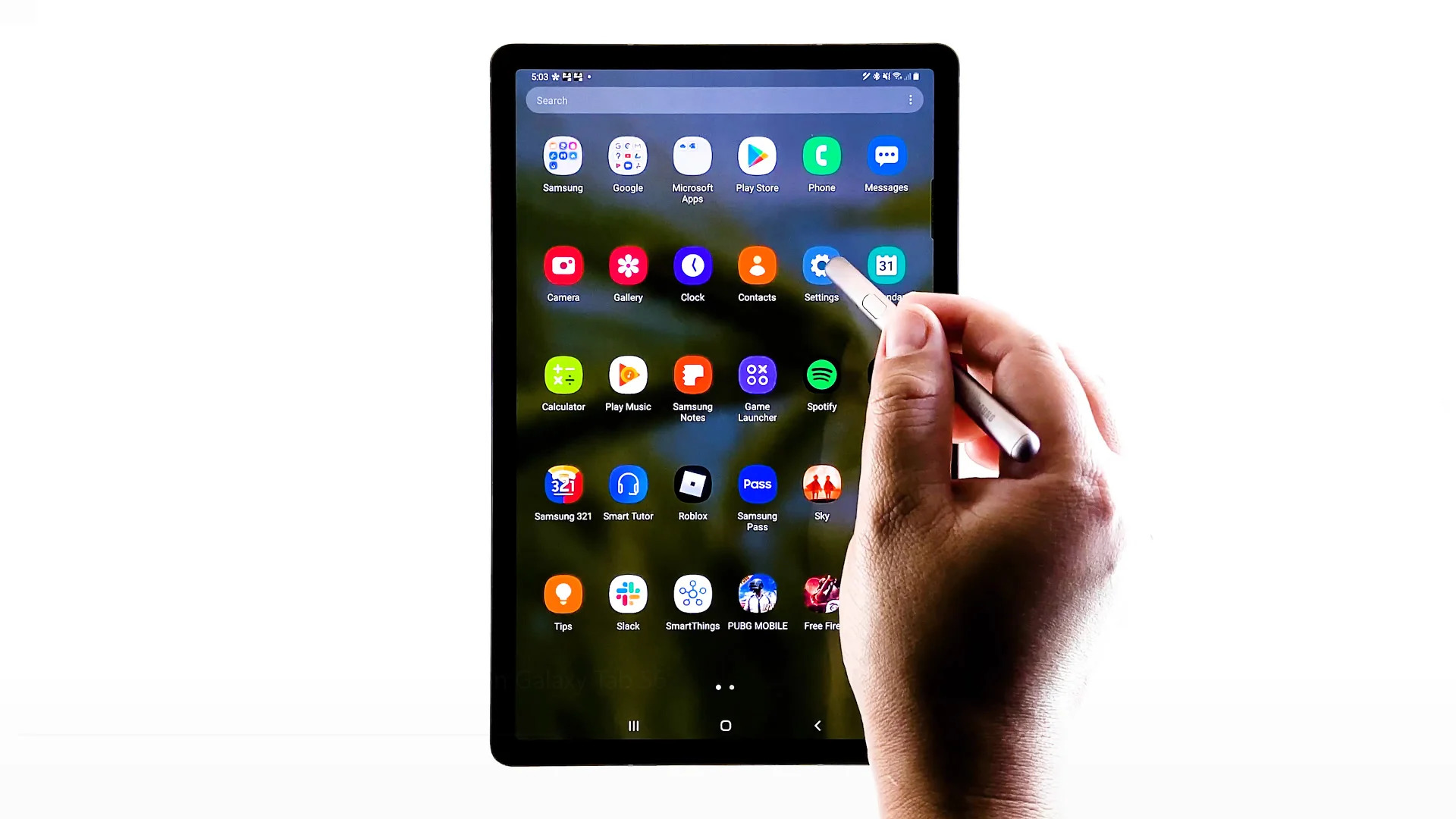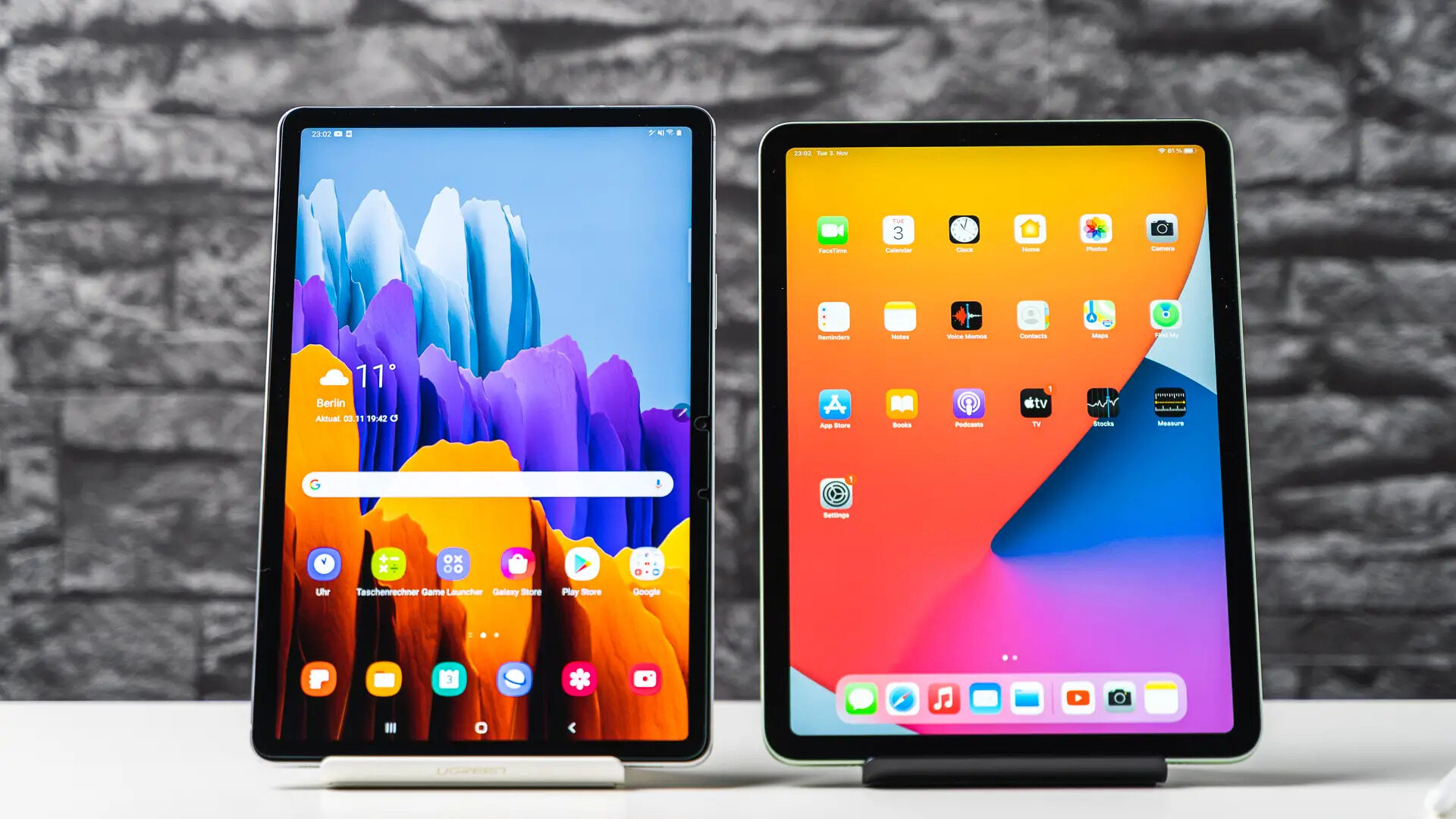Introduction
Welcome to the world of Samsung tablets, where convenience and functionality meet the power of technology. These sleek devices have become an integral part of our day-to-day lives, offering a wide range of features and applications that make our lives easier and more enjoyable. One of the key components of a tablet is its keyboard, which allows us to effortlessly type, browse the internet, and interact with various applications.
However, like any other electronic device, Samsung tablets may encounter certain issues with their keyboards. From unresponsive keys to laggy typing, these problems can be frustrating and hinder our productivity. If you’re experiencing difficulties with your keyboard on your Samsung tablet, fret not! In this article, we will guide you through some common keyboard issues and provide you with practical solutions to fix them.
Whether you’re using a Samsung Galaxy Tab, Tab S, or any other model, the solutions we present here are applicable to most Samsung tablets. So, grab your tablet and let’s dive into the world of troubleshooting!
Common Keyboard Issues on Samsung Tablets
Before we explore the solutions, let’s take a look at some of the common keyboard issues that Samsung tablet users may encounter. These issues can range from minor annoyances to more severe impediments to efficient typing. Some of the most frequently reported problems include:
- Unresponsive keys: When you tap a key on the keyboard, it doesn’t register the input.
- Laggy typing: There is a delay between pressing a key and the character appearing on the screen.
- Auto-correct errors: The tablet’s auto-correct feature incorrectly changes words or fails to correct misspelled words.
- Incorrect keyboard layout: The keyboard layout doesn’t match the language or region settings of the tablet.
- Missing or hidden keyboard: The keyboard doesn’t appear when you need to input text.
These issues can be frustrating, but rest assured, there’s usually a solution to get your Samsung tablet’s keyboard back in perfect working order. Let’s move on to the troubleshooting steps!
Common Keyboard Issues on Samsung Tablets
Samsung tablets are known for their excellent keyboard functionality, but like any technology, they can occasionally encounter issues. These issues can range from minor inconveniences to more significant obstacles that hinder your productivity. Below, we will explore some of the common keyboard issues that Samsung tablet users may face:
- Unresponsive keys: This issue occurs when you tap a key on the keyboard, but it fails to register the input. It can be frustrating when you’re typing and nothing appears on the screen.
- Laggy typing: Have you experienced a delay between pressing a key and seeing the corresponding character appear on the screen? If so, you’ve encountered laggy typing. Waiting for the character to appear can disrupt your typing flow and slow you down.
- Auto-correct errors: The auto-correct feature on Samsung tablets is designed to correct misspelled words and provide suggestions. However, it’s not perfect, and sometimes it can make inaccurate corrections or fail to correct obvious mistakes.
- Incorrect keyboard layout: If you’ve noticed that the keyboard layout on your Samsung tablet doesn’t match your language or regional settings, it can make typing more difficult. This issue may cause confusion and frustration when trying to find specific characters or symbols.
- Missing or hidden keyboard: There may be instances when you need to input text, but the keyboard doesn’t appear on the screen. This issue can occur unexpectedly and prevent you from typing anything at all.
Encountering these keyboard issues can disrupt your workflow and make using your Samsung tablet a frustrating experience. However, there’s no need to panic! In the following sections, we will provide you with some effective solutions to help you resolve these problems and get your Samsung tablet’s keyboard back to optimal performance. So, let’s dive into the troubleshooting steps and get your keyboard functioning smoothly once again!
Solution 1: Restart Your Samsung Tablet
When encountering any issues with your Samsung tablet’s keyboard, a simple but effective first step is to restart the device. Restarting your tablet can help clear any temporary glitches or software conflicts that may be causing the keyboard problems. Here’s how you can do it:
- Press and hold the power button on your tablet until the Power menu appears on the screen.
- Select the “Restart” or “Reboot” option from the menu.
- Wait for your tablet to turn off and then turn it back on again.
After the restart, test the keyboard to see if the issue has been resolved. In many cases, a simple restart can fix minor software-related problems and restore the keyboard’s functionality.
If the issue persists after restarting, proceed to the next solution to explore additional troubleshooting steps. Remember, each solution builds upon the previous ones and offers alternative methods to fix the problem. So, continue reading to find the solution that works best for your Samsung tablet.
Solution 2: Update Your Tablet’s Software
Keeping your Samsung tablet’s software up to date is essential for optimal performance and to address any potential bugs or issues. Software updates often include fixes and improvements that can help resolve keyboard problems. Here’s how you can check for and install software updates on your tablet:
- Go to the Settings menu on your Samsung tablet.
- Scroll down and tap on “Software Update.”
- Select “Download and Install” to check for available updates.
- If an update is available, follow the on-screen instructions to download and install it.
- Once the update is complete, restart your tablet to apply the changes.
After updating your tablet’s software, test the keyboard to see if the issue has been resolved. Software updates often include bug fixes and performance enhancements that can significantly improve the functionality of the keyboard.
If updating the software doesn’t solve the keyboard problem, don’t worry. There are various other solutions you can try. Continue reading to explore additional troubleshooting steps and find the solution that works best for your Samsung tablet.
Solution 3: Clear Keyboard Cache
If you’re experiencing keyboard issues on your Samsung tablet, clearing the keyboard cache can be an effective solution. The keyboard cache stores temporary data that helps the keyboard to function smoothly. However, over time, this cache can become corrupted or outdated, causing keyboard problems. Clearing the keyboard cache can help resolve these issues. Here’s how you can do it:
- Go to the Settings menu on your Samsung tablet.
- Scroll down and tap on “Apps” or “Applications.”
- Find the keyboard app you’re using (such as Samsung Keyboard or Google Keyboard).
- Tap on the keyboard app to open its settings.
- Select “Storage” or “Storage & Cache.”
- Tap on “Clear Cache” to remove the temporary files stored by the keyboard app.
After clearing the keyboard cache, test the keyboard to see if the issue has been resolved. Clearing the cache ensures that the keyboard starts fresh and can resolve any caching-related problems.
If the keyboard issue persists, don’t worry. There are still more solutions to explore. Continue reading to discover additional troubleshooting steps and find the solution that works best for your Samsung tablet.
Solution 4: Reset Keyboard Settings
If you’re still experiencing keyboard issues on your Samsung tablet, resetting the keyboard settings can help. Resetting the keyboard settings will restore the default configuration and preferences, potentially resolving any misconfigurations or conflicts causing the problem. Here’s how you can reset the keyboard settings:
- Go to the Settings menu on your Samsung tablet.
- Scroll down and tap on “General Management.”
- Select “Reset” or “Reset Settings.”
- Tap on “Reset Keyboard Settings.”
- Confirm the action by tapping on “Reset Settings” or “Reset Keyboard.”
Once the keyboard settings have been reset, test the keyboard to see if the issue has been resolved. Resetting the settings will bring the keyboard back to its default state, potentially resolving any configuration-related problems.
If the keyboard issue persists despite resetting the settings, don’t worry. There are still more troubleshooting steps to explore. Continue reading to find additional solutions and discover the one that works best for your Samsung tablet.
Solution 5: Use a Third-Party Keyboard App
If you’ve tried the previous solutions and are still experiencing keyboard issues on your Samsung tablet, it may be time to consider using a third-party keyboard app. Third-party keyboard apps offer different features and customization options that can enhance your typing experience. Here’s how you can use a third-party keyboard app as an alternative solution:
- Go to the Google Play Store on your Samsung tablet.
- Search for third-party keyboard apps such as Gboard, SwiftKey, or Fleksy.
- Select a keyboard app that suits your preferences and needs.
- Tap on “Install” to download and install the app.
- Once the installation is complete, follow the on-screen instructions to set up the new keyboard app.
- Go to the Settings menu on your tablet.
- Select “Language & Input” or “Keyboard & Input Methods.”
- Choose the newly installed third-party keyboard app from the available keyboards.
- Enable the third-party keyboard app as your default keyboard.
After setting up the third-party keyboard app, test it to see if the issue has been resolved. Third-party keyboard apps can provide additional features, improved responsiveness, and a more customized typing experience, which may help overcome the previous issues faced with the built-in keyboard.
If the problem still persists, don’t worry. There’s one more solution left to explore. Continue reading to find out the next troubleshooting step to fix the keyboard issues on your Samsung tablet.
Solution 6: Factory Reset Your Samsung Tablet
If all previous solutions have failed to resolve the keyboard issues on your Samsung tablet, you may need to consider a factory reset as a last resort. Factory resetting your tablet will restore it to its original factory settings, removing any software conflicts or misconfigurations that may be causing the keyboard problems. However, a factory reset will erase all data on your tablet, so it is important to back up your important files and data before proceeding. Here’s how you can perform a factory reset:
- Go to the Settings menu on your Samsung tablet.
- Scroll down and tap on “General Management.”
- Select “Reset” or “Reset Settings.”
- Choose “Factory Data Reset” or “Factory Reset.”
- Read the on-screen warning and confirm your decision to proceed.
- Enter your device password or PIN if prompted.
- Select “Delete All” or “Confirm” to initiate the factory reset process.
- Wait for your tablet to reset and restart.
After the factory reset is complete, set up your tablet again and test the keyboard to see if the issue has been resolved. A factory reset will remove any software-related issues and provide a fresh start for your tablet, potentially resolving the persistent keyboard problems.
While a factory reset is an effective solution for most software-related issues, it should be used as a last resort. Remember to back up your important data before performing a factory reset, as it will erase all data on your tablet.
After trying these solutions, you should be able to fix the keyboard issues on your Samsung tablet and enjoy smooth and efficient typing once again. If the problem persists, consider reaching out to Samsung’s customer support or visiting an authorized service center for further assistance.
Conclusion
Encountering keyboard issues on your Samsung tablet can be frustrating, but with the solutions provided in this article, you should be able to resolve them and get back to seamless typing. From restarting your tablet to using third-party keyboard apps, each solution offers a unique approach to overcome the common keyboard problems faced by Samsung tablet users.
Remember to start with simple troubleshooting steps such as restarting your tablet and updating the software. If these initial solutions don’t work, move on to more advanced methods like clearing the keyboard cache or resetting the keyboard settings. In some cases, using a third-party keyboard app might be the solution that best suits your needs. And as a last resort, factory resetting your tablet can help resolve persistent software issues.
It’s important to note that before performing a factory reset, you should back up your important data to prevent any loss. Additionally, if the keyboard issues persist even after trying all the solutions, it may be worth reaching out to Samsung’s customer support or visiting an authorized service center for further assistance.
By following these troubleshooting steps, you can troubleshoot and resolve common keyboard issues on your Samsung tablet, ensuring a smooth, efficient, and enjoyable typing experience. Stay tech-savvy and make the most out of your Samsung tablet’s keyboard capabilities!







